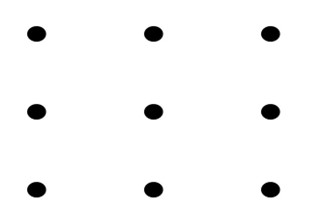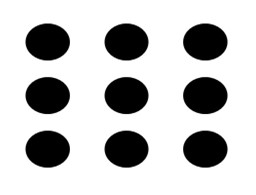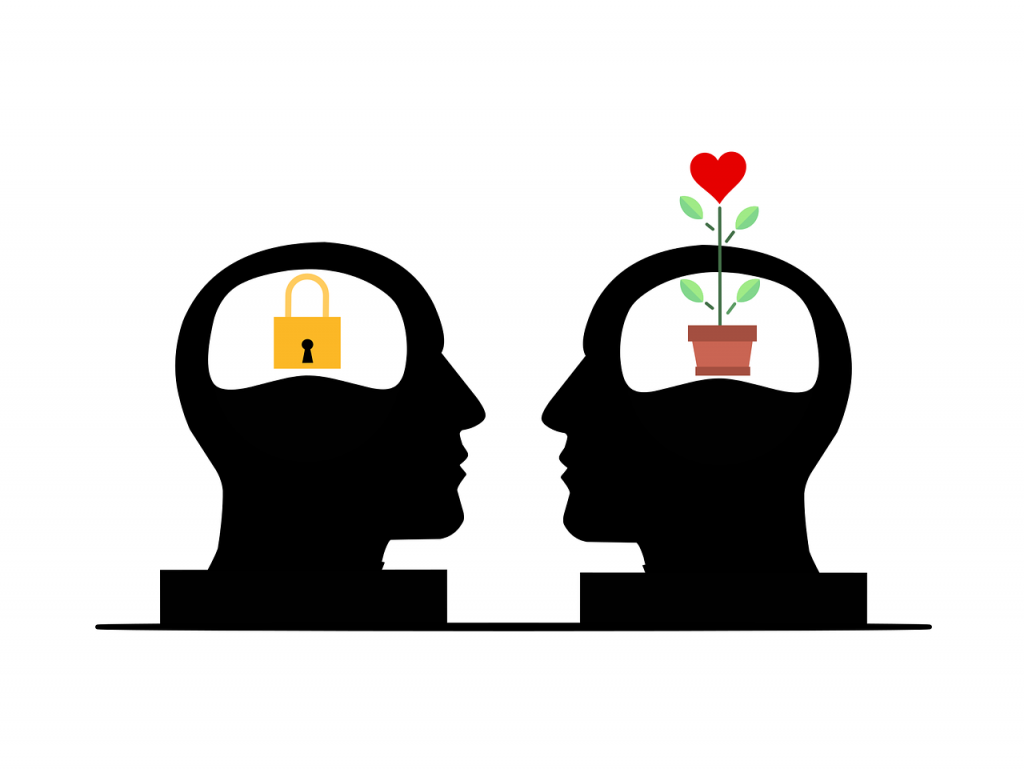
GUEST POST from Dennis Stauffer
Recall a time when you made some discovery or figured something out for yourself. No one told you the answer. You didn’t look it up on your phone. You got there on your own. It might have been something recent, or you may have to go back, maybe even to your early childhood, to recall that moment of discovery. That thrill you felt. That excitement! It’s such pure joy that some researchers have described it as a mental orgasm.
Babies often experience this as they first learn about the world. It’s a moment scientists live for. A feeling that even the most jaded businessperson takes delight in. When something just works—and you made it happen. You solved the puzzle.
It was a frequent experience when we were babies, with a brain constantly driven to discover how the world worked. But it’s something we experience far less often as adults. From the moment you started school, you were gradually pulled away from personal discovery, and instead pushed to memorize things someone else discovered. Like how to solve a math problem, spell a word, or learn the periodic table. Those things are important, but not nearly as much fun as figuring things out for yourself.
So instead of moments of discovery, you’ve probably become conditioned to take pride in what you know. And that very pride can become an obstacle to making new discoveries. The more we identify with our knowledge, the more we want to defend it, making us resistant to understanding the world in new ways. It shouldn’t be hard to see how that might interfere with your ability to innovate, or adapt to changes in your life. The challenge we so often face is not just coming up with new ideas. It’s letting go of the ones we already have.
Innovators, and those who are most effective generally, are open to discovery. Instead of looking for reinforcement of what they already know, they seek experiences that will challenge their beliefs, always being open to revising those beliefs—open to discovery. An innovator mindset frees you to move beyond what you already know, to unleash your own brilliance. Giving you the mental agility needed to make discoveries again—and experience the kind of mental orgasm that creates.
Here is a video version of this post:
Image Credit: Pixabay
![]() Sign up here to get Human-Centered Change & Innovation Weekly delivered to your inbox every week.
Sign up here to get Human-Centered Change & Innovation Weekly delivered to your inbox every week.







